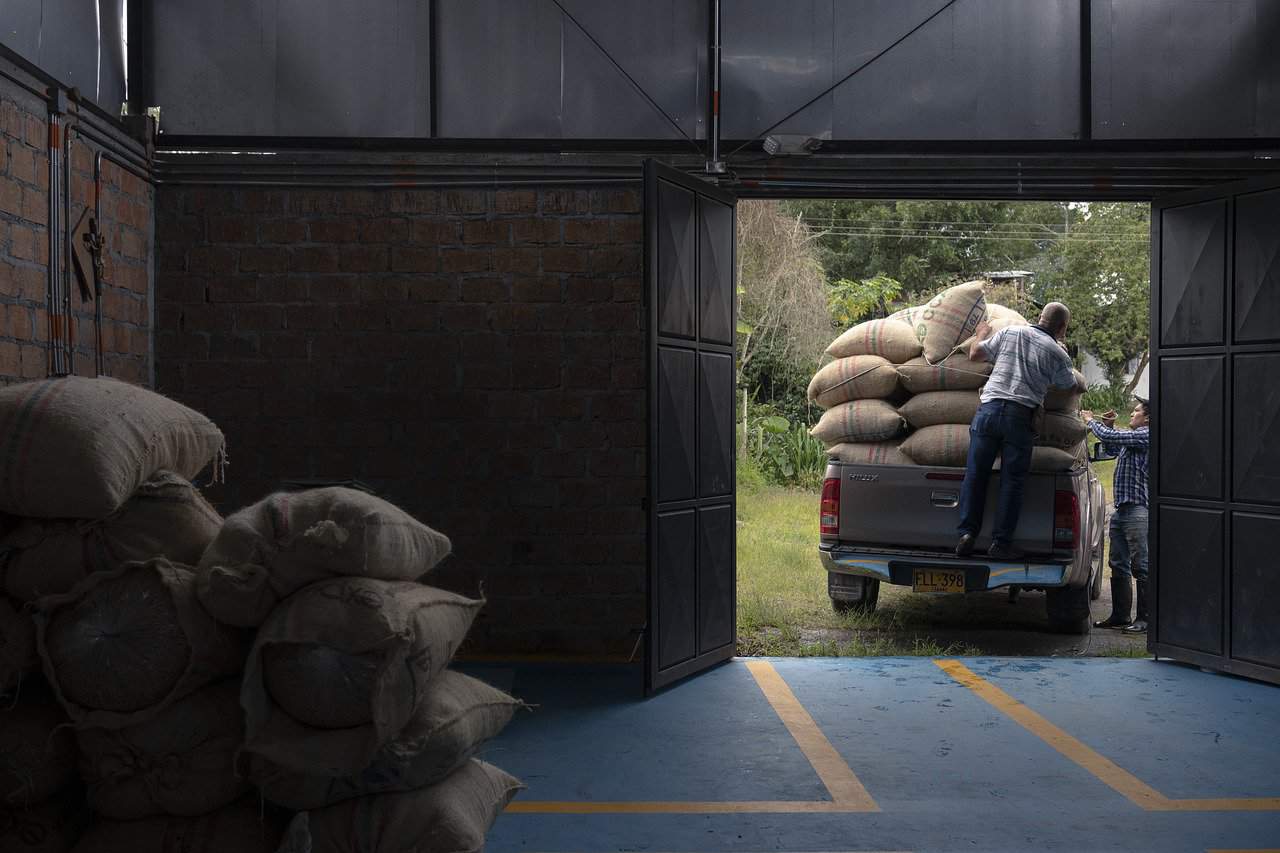Costa Rica’s agricultural sector has experienced several problems this year. Although, in general terms, the country’s economic activity continues to grow, albeit at a slower pace than in 2023, this is not the case for this particular sector.
Climatic factors and the exchange rate have impacted production. In fact, for the second consecutive month, the sector reports negative growth rates. In April, while national production grew by 3.6% year-on-year, agricultural production decreased by 0.2%. In June, national economic activity grew by 4.2% year-on-year, whereas agricultural activity decreased by 2.4%.
BCCR president Roger Madrigal says that a recovery of this sector is expected in the second half of the year. This will be confirmed by the end of July when the next Monetary Policy Report is published. According to Madrigal, the growth rate for this sector “is low but positive.”
The Central Bank reports that lower production of coffee and bananas is the cause of this negative result in the agricultural sector. Oscar Arias Moreira, president of the National Chamber of Agriculture and Agribusiness (CNAA), states that the cumulative and sustained effect of the appreciation of the colon over the last 20 months has caused a significant drop in exports of these two products. The reduction in exports could be close to 30%.
According to Arias, during the first part of the year, the good performance of pineapple was able to offset the fall in banana and coffee production. However, by April and May, pineapple activity had slowed down significantly. He also acknowledges that domestic production is decreasing mainly due to climatic factors: either the drought at the beginning of the year or the rains in April and May.
Jorge Sauma, general manager of Corporación Bananera Nacional (Corbana), said that they expect better conditions for the rest of the year. This coincides with the preliminary forecast provided by the president of BCCR.
Juan Manuel Sanchez, president of the National Chamber of Coffee Growers, confirms that the 2023-2024 harvest was lower than that of the previous period, 2022-2023. He predicts that the 2023-2024 harvest, which is gaining momentum as of October this year, will be similar to that of previous years but not higher. The exchange rate has had a severe negative effect on the coffee sector, as it reduces their income due to the exchange rate differential.
“I believe that a large majority are not giving the right care to their coffee plantations because, as they say, ‘Either I eat or the coffee plantations eat,’” said Sanchez.

